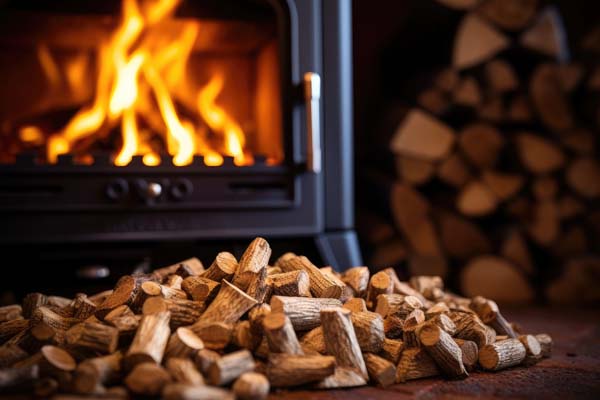Mobility also places very special demands on seals. For example, in shipbuilding or aircraft construction, great attention is paid to the “fireproof” certification. The Belcotex textile fiber from which we make our sealing cords has this certificate. Furthermore, many different elastomers such as EPDM, NBR, silicone or FKM are used in mobility. The exact location is important. If the material comes into contact with petrol or oil, for example, it has to be the more expensive FKM. For a seal against splash water, for example for a taillight or turn signal, silicone or EPDM is sufficient.












